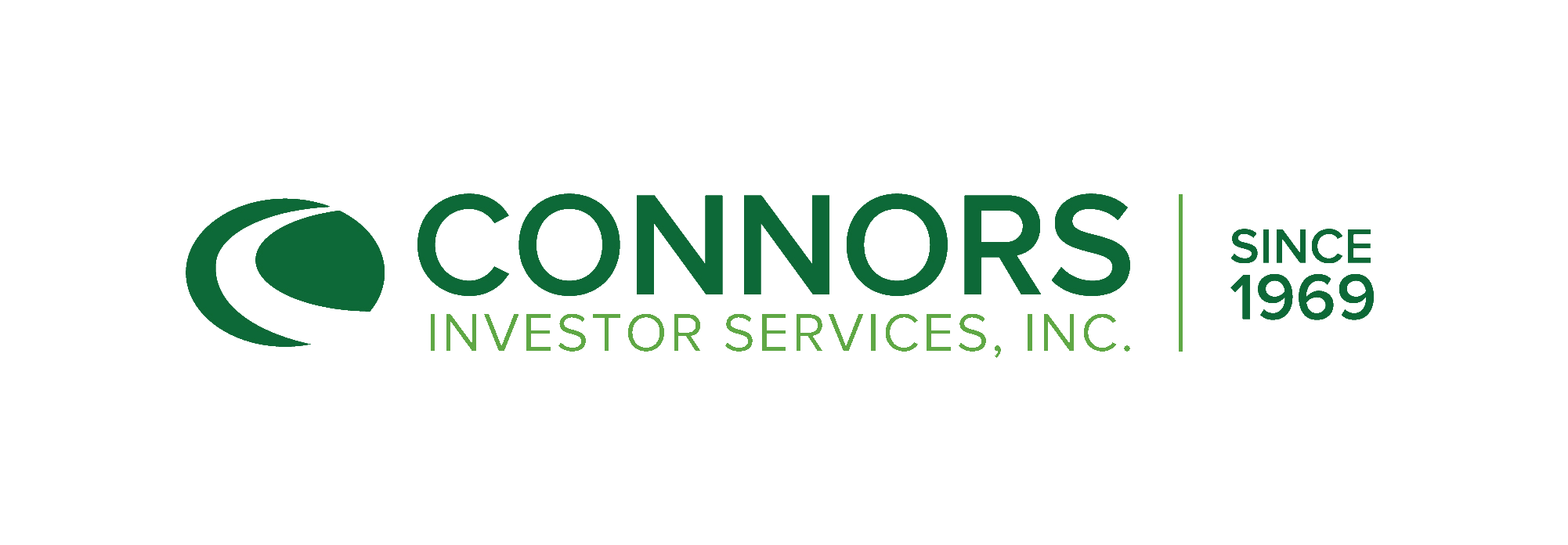2022 Q4 Covered Call Commentary
by Robert Cagliola, CFA and Robert Hahn, CFA, on January 02, 2023
To say the least, 2022 has been a very challenging year in many respects. For the markets, the benign investing environment quickly changed from one characterized by exceptional liquidity provided by the Federal Reserve’s easing policies and governmental stimulus initiatives to a market overwhelmed with concerns of high inflation, high valuations and downward earnings revisions. As a result, we saw one of the fastest multiple deratings in many years. Entering 2022, the S&P 500 traded at 21.5x forward 12-month earnings, while the 10-year U.S. Treasury note yield was 1.5%. In addition, the Fed was still buying a combination of roughly $60 billion of Treasury and agency mortgage-backed securities while the Fed Funds rate target range was at 0.00-0.25%. The Fed’s personal consumption expenditures (PCE) inflation projection was a meager 2.6% for 2022.
What changed? Coming out of the March 2020 lows, investors had large unrealized embedded gains and a desire to cash them in. As the New Year kicked off, immediate selling began as investors foresaw the coming realities that would irritate equity markets. The Fed was about to announce an end to quantitative easing with a new Principles for Reducing the Size of the Federal Reserve’s Balance Sheet report. Investors were further agitated by Russia’s impending invasion of Ukraine and the implications it would have to the myriad of commodities produced in that region. Ukraine accounts for 10% of the world wheat market, 15% of the corn market, and 13% of the barley market. In addition, fertilizers and oil seeds are significant exports as well. As the Russian troop presence on the border increased, so did the prices of these commodities. Oil markets responded in kind as US and EU sanctions got going and the realities of accelerating food and energy inflation began to come into view. The yield curve began to flatten and eventually invert and steepen further into the year. A hard rotation out of growth/tech and into value/cyclical equities commenced and accelerated for most of the year, with brief respites in March and July. Investors’ focus shifted to quality equities, or those that produced cashflow and maintained pricing power with strong balance sheets to support their businesses and also boost stock buybacks. The writing was on the wall for speculative, easy liquidity-driven long duration assets that would struggle in a rising rate environment with little hope for near-term profitability.
As the year progressed, a struggle ensued between markets and the Fed, with investors’ rationalizations around the Fed’s resolve and commitment to hiking interest rates in an attempt to quell inflation. In March, investors convinced themselves of the benign side of the argument that inflation would peak shortly. Therefore, the Fed would slow rate hikes and eventually ease by year-end or shortly thereafter. What they were met with was Jerome Powell’s post-FOMC meeting press conference, where he went on to say, “we need to see inflation coming down in a clear and convincing way.” He added, “We’re going to keep pushing until we see that. If that involves moving past broadly understood levels of ‘neutral,’ we won’t hesitate at all to do that.” This movie played again in the summer months after the markets rallied 17% from June lows into August until Powell spoke at the Jackson Hole conference, where he was particularly hawkish with his comment that Fed policies would inflict “some pain to households and businesses” which clearly spooked investors. With that said, investors were correct in their thinking that inflation would peak and retrace as CPI numbers have receded from 9.1% in June to 7.1% in November and continue to trend downward. Energy and food costs have moderated and receded on recession fears, China lockdowns, and supply chain improvements. With fed funds futures estimating a terminal rate of 5.0%, it would suggest that rate increases should end shortly with current target rates at 4.25-4.50%.
Positioning and Returns
Given the concerns noted previously, we held a defensive posture throughout the year. The Healthcare and Consumer Staples sectors were the top defensively overweighted sectors with Technology, Communication Services and Consumer Discretionary sectors significantly underweighted relative to the S&P 500® Index benchmark. Significant emphasis for holdings is placed on reasonable valuations, consistent and growing profitability, and increasing cash flow generation. Many stocks with these criteria can be found in the healthcare sector. Eli Lilly is one of the top performing holdings with an impressively diversified lineup of successful drugs and a solid pipeline. With well-positioned products like Mounjaro for diabetes with a rapidly broadening application (weight loss), the company can continue to drive double- digit top and bottom-line returns well into 2023 and beyond. Other top performers in various sectors included Chevron and Schlumberger (significant return of capital), John Deere (growing preference for precision farming), Raytheon (rejuvenation of aeronautics and defense spending overseas), Costco (consistent and growing earnings with inelastic demand), Chubb (consistent earnings with yield curve tailwind) and TJX Companies (taking advantage of prime retailers’ inventory issues). Underperforming holdings include Qualcomm, suffering from a difficult handset environment but well on its way to diversifying its product offerings with growth in IOT and automotive. The company currently trades at a discount with a 2.8% yield that grew by 8.9% this year. Others include Disney (difficulty with streaming profitability), Amazon (suffering from slowing cloud growth but has many cost-saving levers to pull), Google (slowing ad revenues).
Call Premium Generation
Market volatility, as measured by the VIX Index, held significantly above 20 for just about the entire year, even moving above 30 at seven different points of market disruptions throughout the year. Fed tightening policy around inflation concerns was the main driver with intermittent jolts from geopolitical events, hurricanes, and energy policy concerns. Call premium proved to be exceptionally good in this environment as many simple returns exceeded 2% on 30-delta calls as close as 60 days to maturity. Premium capture levels varied across sectors but were most rewarding on technology holdings that experienced significant levels of volatility throughout the year. Solid simple returns of 1.5% were even had for holdings that generally trade at lower volatility levels. For every position, the decision is made to maximize return by grabbing income through option writes or allowing for more upside participation with less option premium. For the greater part of the year, given the market volatility, we chose to write shorter term at 60 days where possible at the 30-delta level during market spikes and drop to 20-delta (higher relative strike prices vs. 30-delta calls but with lower premium return) during and after market pullbacks. This equates to 4.8% on a full-year annualized basis.
Outlook:
“Déjà vu all over again”. The renowned quote from Yogi Berra perhaps best sums up our view on the upcoming year. We expect current volatility will persist in 2023 as the Federal Reserve continues to focus on fighting inflation to get it back to its long-term target rate of 2%. Our expectation is that they will continue to raise rates at the next several Fed meetings, albeit by smaller increments (i.e. 25 bp) followed by a pause in rate hikes. While inflation, as measured by the CPI (Consumer Price Index), has declined from its June peak of 9.1% to 7.1%, we are likely to see inflation further subside as the cumulative impact of rate hikes and quantitative tightening take hold but this will also lead to declining US GDP growth (0.3% est. for 2023) and higher unemployment in the new year. There is also some debate as to how long inflation will remain elevated. The proverbial billion-dollar question is whether the economy slips into a recession and, if so, will the Fed reverse and possibly cut rates later in the year?
Whether or not we experience a technical recession, we expect volatility to remain elevated and have positioned the portfolio accordingly. Consensus S&P earnings estimates for 2023 are likely to come down, and we expect guidance to be conservative in the upcoming Q4 earnings calls. We anticipate remaining overweight defensive sectors such as Consumer Staples and Healthcare and will look for opportunities to add additional yield to the portfolio. We believe companies with reasonable valuations, strong cash flow, and growing dividends will outperform. Greater volatility should enable us to collect attractive option premiums. We look for opportunities to upgrade our portfolio and could potentially become less defensive if/when we foresee improving market conditions.
Learn more about the Connors Covered Call Strategy including access to materials and commentary...
Important Disclosures
Please remember that past performance may not be indicative of future results. Different types of investments involve varying degrees of risk, and there can be no assurance that the future performance of any specific investment, investment strategy, or product (including the investments and/or investment strategies recommended or undertaken by Connors Investor Services, Inc. “Connors”), or any non-investment related content made reference to directly or indirectly in this commentary will be profitable, equal any corresponding indicated historical performance level(s), be suitable for your portfolio or individual situation, or prove successful. Due to various factors, including changing market conditions and/or applicable laws, the content may no longer be reflective of current opinions or positions. Moreover, you should not assume that any discussion or information contained in this commentary serves as the receipt of, or as a substitute for, personalized investment advice from Connors. Please remember to contact Connors, in writing, if there are any changes in your personal/financial situation or investment objectives for the purpose of reviewing/evaluating/revising our previous recommendations and/or services, or if you would like to impose, add, or to modify any reasonable restrictions to our investment advisory services. Unless, and until, you notify us, in writing, to the contrary, we shall continue to provide services as we do currently. Connors is neither a law firm, nor a certified public accounting firm, and no portion of the commentary content should be construed as legal or accounting advice. A copy of the Connors’ current written disclosure Brochure discussing our advisory services and fees continues to remain available upon request. Historical performance results for investment indices, benchmarks, and/or categories have been provided for general informational/comparison purposes only, and generally do not reflect the deduction of transaction and/or custodial charges, the deduction of an investment management fee, nor the impact of taxes, the incurrence of which would have the effect of decreasing historical performance results. It should not be assumed that your Connors account holdings correspond directly to any comparative indices or categories. Please Also Note: (1) performance results do not reflect the impact of taxes; (2) comparative benchmarks/indices may be more or less volatile than your Connors accounts; and, (3) a description of each comparative benchmark/index is available upon request.







